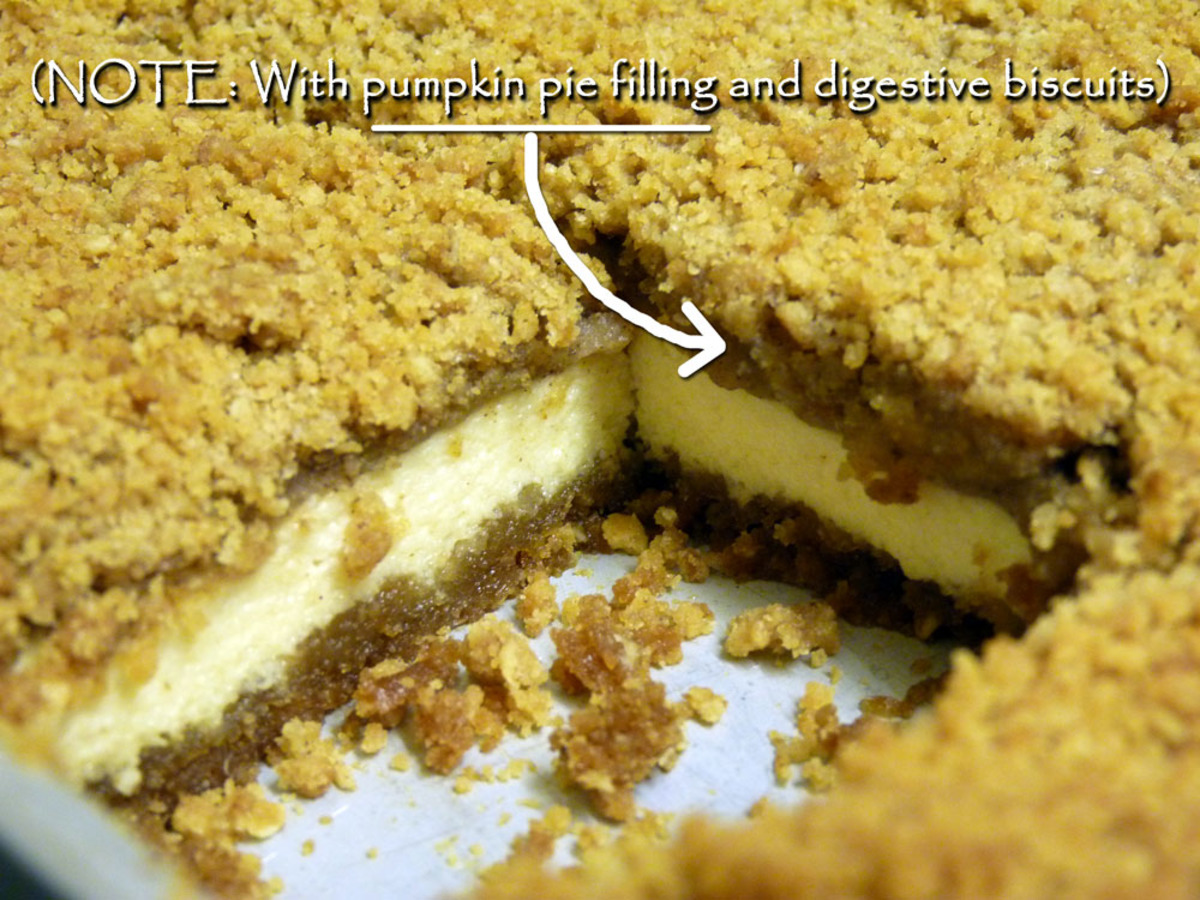Sauerkraut is a fermented cabbage dish with a long history and diverse culinary applications. Originating in China over 2,000 years ago, it eventually spread throughout Europe, becoming a staple in German, Polish, and Alsatian cuisines. This fermented food is made from finely shredded cabbage that undergoes lactic acid fermentation, resulting in a tangy, sour flavor and extended shelf life. The fermentation process is facilitated by naturally occurring lactic acid bacteria present on the cabbage leaves, which convert the cabbage's natural sugars into lactic acid. Sauerkraut is a versatile ingredient, commonly consumed as a condiment, side dish, or main course. It can be enjoyed raw, cooked, or braised and is often paired with meats, sausages, and dumplings. This article provides three distinct recipes for homemade sauerkraut: a traditional German-style sauerkraut, a spicy Korean-style kimchi, and a quick and easy refrigerator sauerkraut. Each recipe offers unique flavor profiles and preparation methods, catering to diverse culinary preferences.
Let's cook with our recipes!
HOW TO MAKE SAUERKRAUT
Steps:
- Weigh your cabbage to see how much salt you should use.Remove the outer leaves of your cabbage and any that are damaged. Discard. Cut out the core and rinse the cabbage well, allowing the water to flow between the cabbage leaves. Drain well.Reserve 1 outer leaf. Thinly shred the remaining cabbage with a knife or food processor. Place in a large bowl. Sprinkle the calculated amount of salt over the cabbage and toss well. Let sit for 15 minutes. Massage the cabbage with your hands for 5 minutes. The cabbage should release a good amount of liquid during this time.Pack the cabbage firmly into a very clean glass quart jar. Pour the liquid that was released during kneading on top. Cut a circle the same diameter as your jar out of the reserved cabbage leaf. Place it on top of the packed-down cabbage. Place a weight on top of the cabbage to ensure that it stays under the brine. If the brine doesn't completely cover the cabbage and weight, top off with a 2% solution of salt water (1 teaspoon salt per cup of water).Screw a plastic lid onto the jar. Place the jar in a rimmed pan (to catch any overflow) and allow to ferment at room temperature until the kraut is as sour as you like it. This can take anywhere from 1-4 weeks.After it's done fermenting, store the sauerkraut in the refrigerator.
EASY HOMEMADE SAUERKRAUT
Sauerkraut has been a staple for hundreds of years. This is great on its own or as a topper for a variety of foods. Refrigerate or freeze sauerkraut once it is fermented.
Provided by Ellie
Categories Side Dish Sauces and Condiments Recipes Canning and Preserving Recipes Pickled
Time P7DT25m
Yield 24
Number Of Ingredients 5
Steps:
- Mix cabbage, onion, sea salt, and garlic together in a bowl. Firmly pack mixture into a large, clean, food-grade plastic bucket. The cabbage will start to make its own brine as the salt starts to draw out the water of the cabbage.
- Fill a large, clean, food-grade plastic bag with water and place over the salted cabbage mixture so none of the cabbage is exposed to air.
- Allow cabbage to ferment in a cool, dry place, 1 to 4 weeks (depending on how tangy you like your sauerkraut). The temperature of the room you ferment the sauerkraut in should not rise above 70 degrees F (21 degrees C).
Nutrition Facts : Calories 28 calories, Carbohydrate 6.5 g, Fat 0.1 g, Fiber 2.5 g, Protein 1.3 g, Sodium 677.8 mg, Sugar 3.4 g
HOW TO MAKE SAUERKRAUT
Try the simplest way to make classic sauerkraut using raw cabbage. This fermented food is great for your gut and goes very well with sausages and mustard
Provided by Jane Hornby
Categories Condiment
Time 30m
Yield Makes 4 x 450ml jars
Number Of Ingredients 4
Steps:
- Thoroughly wash a large tub or bowl (we used on the size of a small washing-up bowl), then rinse with boiling water from the kettle. Make sure that your hands, and everything else coming into contact with the cabbage, are very clean. It's wise to use a container that will comfortably fit the softened cabbage, allowing several inches of room at the top to avoid overflow.
- Shred the cabbage thinly - a food processor makes light work of this. Layer the cabbage and the salt in the tub or bowl. Massage the salt into the cabbage for 5 mins, wait 5 mins, then repeat. You should end up with a much-reduced volume of cabbage sitting in its own brine. Mix in the caraway seeds and the peppercorns.
- Cover the surface of the cabbage entirely with a sheet of cling film, then press out all the air bubbles from below. Weigh the cabbage down using a couple of heavy plates, or other weights that fit your bowl, and cover as much of the cabbage as possible. The level of the brine will rise to cover the cabbage a little. Cover the tub and leave in a dark place at a cool room temperature (about 18-20C) for at least five days. It will be ready to eat after five days, but for maximum flavour leave the cabbage to ferment for anywhere between 2-6 weeks (or until the bubbling subsides).
- Check the cabbage every day or so, releasing any gases that have built up as it ferments, giving it a stir to release the bubbles. If any scum forms, remove it, rinse the weights in boiling water and replace the cling film. You should see bubbles appearing within the cabbage, and possibly some foam on the top of the brine. It's important to keep it at an even, cool room temperature - too cool and the ferment will take longer than you'd like, too warm and the sauerkraut may become mouldy or ferment too quickly, leading to a less than perfect result.
- The cabbage will become increasingly sour the longer it's fermented, so taste it now and again. When you like the flavour, transfer it to smaller sterilised jars. Will keep in the fridge for up to six months.
Nutrition Facts : Calories 33 calories, Carbohydrate 5 grams carbohydrates, Sugar 5 grams sugar, Fiber 3 grams fiber, Protein 1 grams protein, Sodium 2.1 milligram of sodium
HOMEMADE SAUERKRAUT
You only need two ingredients (and a little patience) to make fresh, zippy homemade sauerkraut at home. Put down that jar and get those brats ready! -Josh Rink, Taste of Home Food Stylist
Provided by Taste of Home
Time 45m
Yield 40 servings (about 10 cups).
Number Of Ingredients 3
Steps:
- Quarter cabbages and remove cores; slice 1/8 in. thick. In an extra-large bowl, combine salt and cabbage. With clean hands, squeeze cabbage until it wilts and releases liquid, about 10 minutes. If desired, add optional ingredients., Firmly pack cabbage mixture into 4-quart fermenting crock or large glass container, removing as many air bubbles as possible. If cabbage mixture is not covered by 1-2 inches of liquid, make enough brine to cover by 1-2 inches. To make brine, combine 4-1/2 teaspoons canning salt per 1 quart of water in a saucepan; bring to a boil until salt is dissolved. Cool brine before adding to crock., Place crock weight over cabbage; the weight should be submerged in the brine. Or, place an inverted dinner plate or glass pie plate over cabbage. The plate should be slightly smaller than the container opening, but large enough to cover most of the shredded cabbage mixture. Weigh down the plate with 2 or 3 sealed quart jars filled with water. If using a glass container with a lid, cover the opening loosely so any gas produced by the fermenting cabbage can escape. Alternately, you can cover the opening with a clean, heavy towel. If using a crock, seal according to manufacturer's instructions. , Store crock, undisturbed, at 70°-75° for 3-4 weeks (bubbles will form and aroma will change). Cabbage must be kept submerged below surface of the fermenting liquid throughout fermentation. Check crock 2-3 times each week; skim and remove any scum that may form on top of liquid. Fermentation is complete when bubbling stops. Transfer to individual containers. Cover and store in the refrigerator for up to 3 months.
Nutrition Facts : Calories 11 calories, Fat 0 fat (0 saturated fat), Cholesterol 0 cholesterol, Sodium 344mg sodium, Carbohydrate 3g carbohydrate (1g sugars, Fiber 1g fiber), Protein 1g protein.
Tips:
- Choose the right cabbage. Green cabbage is the traditional choice for sauerkraut, but you can also use red cabbage or a combination of the two. Look for firm, fresh heads of cabbage with no blemishes.
- Use a clean container. Your fermentation container should be clean and free of any bacteria that could contaminate the sauerkraut. Glass or ceramic containers are ideal, as they are non-porous and easy to clean.
- Keep the sauerkraut in a cool place. The ideal temperature for fermenting sauerkraut is between 60°F and 70°F. If the temperature is too warm, the sauerkraut may become too sour or develop off-flavors. If the temperature is too cold, the fermentation process will slow down or stop.
- Check the sauerkraut regularly. Once a day, check the sauerkraut and skim off any scum that has formed on the surface. This will help to prevent mold from forming.
- Be patient! Sauerkraut takes time to ferment. Depending on the temperature and the type of cabbage you use, it can take anywhere from 2 weeks to 2 months for the sauerkraut to be ready.
Conclusion:
Homemade fermented sauerkraut is a delicious and healthy addition to any diet. It is a good source of probiotics, which can help to improve gut health. Sauerkraut is also a good source of vitamins and minerals, including vitamin C, vitamin K, and iron. If you are looking for a way to add more probiotics and nutrients to your diet, homemade fermented sauerkraut is a great option.
Are you curently on diet or you just want to control your food's nutritions, ingredients? We will help you find recipes by cooking method, nutrition, ingredients...
Check it out »
You'll also love









